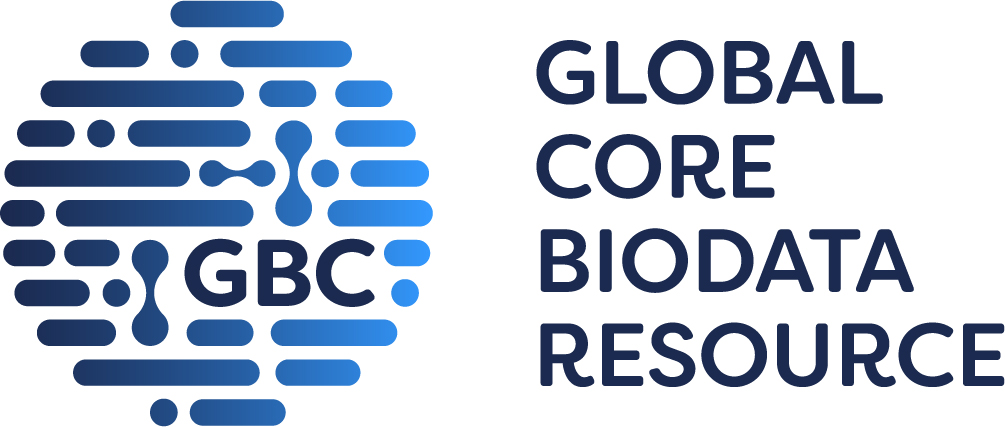
estetrol [Ligand Id: 11591] activity data from GtoPdb and ChEMBL
Click here for a description of the charts and data table
Please tell us if you are using this feature and what you think!
| ChEMBL ligand: CHEMBL1230314 (15.alpha.-hydroxyestriol, E-4, E4, Estetrol, Estetrol (anhydrous), Estetrol anhydrous, Estetrol (e4), Estetrol hydrate, Estetrol (hydrous), Estetrol monohydrate) |
|---|
There should be some charts here, you may need to enable JavaScript!
|
There should be some charts here, you may need to enable JavaScript!
|
| DB | Assay description | Assay Type | Standard value | Standard parameter | Original value | Original units | Original parameter | Reference |
|---|---|---|---|---|---|---|---|---|
| Estrogen receptor-α/Estrogen receptor alpha in Human (target type: SINGLE PROTEIN) [ChEMBL: CHEMBL206] [GtoPdb: 620] [UniProtKB: P03372] | ||||||||
| ChEMBL | Inhibition Assay: The method employed was adapted from the scientific literature and described in detail by Osboum et al. (1993, Biochemistry, 32, 6229-6236). Recombinant human ERalpha and ERbeta proteins were purified from transfected Sf9-cells. The in vitro assays involved the use of either ERalpha or ERbeta proteins and [3H]E2, at a fixed concentration of 0.5 nM, as the labeled ligand. Recombinant human ERalpha or ERbeta proteins were dissolved in binding buffer (10 mM Tris-HCL, pH 7.5, 10% glycerol, 1 mM DTT, 1 mg/ml BSA) and duplicate aliquots were then incubated with [3H]E2 at a final concentration of 0.5 nM, together with a vehicle control (0.4% DMSO), or the same amount of vehicle containing increasing concentrations of unlabeled steroid ligands as competitors. After incubation for 2 h at 25 C., the unbound ligands were removed and the amounts of [3H]E2 bound to either ERalpha or ERbeta proteins were measured. | B | 8.31 | pKi | 4.9 | nM | Ki | US-9040509-B2. Method of treating human skin and a skin care composition for use in such a method (2015) |
| ChEMBL | Binding Assay: The method employed was adapted from the scientific literature and described in detail by Osbourn et al. (1993, Biochemistry, 32, 6229-6236). Recombinant human ERalpha and ERR proteins were purified from transfected Sf9-cells. The in vitro assays involved the use of either ERalpha or ERbeta proteins and [3H]E2, at a fixed concentration of 0.5 nM, as the labeled ligand. Recombinant human ERalpha or ERbeta proteins were dissolved in binding buffer (10 mM Tris-HCL, pH 7.5, 10% glycerol, 1 mM DTT, 1 mg/ml BSA) and duplicate aliquots were then incubated with [3H]E2 at a final concentration of 0.5 nM, together with a vehicle control (0.4% DMSO), or the same amount of vehicle containing increasing concentrations of unlabeled steroid ligands as competitors. After incubation for 2 h at 25 C., the unbound ligands were removed and the amounts of [3H]E2 bound to either ERalpha or ERbeta proteins were measured. | B | 8.31 | pKi | 4.9 | nM | Ki | US-9034854-B2. Pharmaceutical composition comprising estetrol derivatives for use in cancer therapy (2015) |
| Estrogen receptor-β/Estrogen receptor beta in Human (target type: SINGLE PROTEIN) [ChEMBL: CHEMBL242] [GtoPdb: 621] [UniProtKB: Q92731] | ||||||||
| ChEMBL | Binding Assay: The method employed was adapted from the scientific literature and described in detail by Osbourn et al. (1993, Biochemistry, 32, 6229-6236). Recombinant human ERalpha and ERR proteins were purified from transfected Sf9-cells. The in vitro assays involved the use of either ERalpha or ERbeta proteins and [3H]E2, at a fixed concentration of 0.5 nM, as the labeled ligand. Recombinant human ERalpha or ERbeta proteins were dissolved in binding buffer (10 mM Tris-HCL, pH 7.5, 10% glycerol, 1 mM DTT, 1 mg/ml BSA) and duplicate aliquots were then incubated with [3H]E2 at a final concentration of 0.5 nM, together with a vehicle control (0.4% DMSO), or the same amount of vehicle containing increasing concentrations of unlabeled steroid ligands as competitors. After incubation for 2 h at 25 C., the unbound ligands were removed and the amounts of [3H]E2 bound to either ERalpha or ERbeta proteins were measured. | B | 7.72 | pKi | 19 | nM | Ki | US-9034854-B2. Pharmaceutical composition comprising estetrol derivatives for use in cancer therapy (2015) |
| ChEMBL | Inhibition Assay: The method employed was adapted from the scientific literature and described in detail by Osboum et al. (1993, Biochemistry, 32, 6229-6236). Recombinant human ERalpha and ERbeta proteins were purified from transfected Sf9-cells. The in vitro assays involved the use of either ERalpha or ERbeta proteins and [3H]E2, at a fixed concentration of 0.5 nM, as the labeled ligand. Recombinant human ERalpha or ERbeta proteins were dissolved in binding buffer (10 mM Tris-HCL, pH 7.5, 10% glycerol, 1 mM DTT, 1 mg/ml BSA) and duplicate aliquots were then incubated with [3H]E2 at a final concentration of 0.5 nM, together with a vehicle control (0.4% DMSO), or the same amount of vehicle containing increasing concentrations of unlabeled steroid ligands as competitors. After incubation for 2 h at 25 C., the unbound ligands were removed and the amounts of [3H]E2 bound to either ERalpha or ERbeta proteins were measured. | B | 7.72 | pKi | 19 | nM | Ki | US-9040509-B2. Method of treating human skin and a skin care composition for use in such a method (2015) |
ChEMBL data shown on this page come from version 35:
Zdrazil B, Felix E, Hunter F, Manners EJ, Blackshaw J, Corbett S, de Veij M, Ioannidis H, Lopez DM, Mosquera JF, Magarinos MP, Bosc N, Arcila R, Kizilören T, Gaulton A, Bento AP, Adasme MF, Monecke P, Landrum GA, Leach AR. (2024). The ChEMBL Database in 2023: a drug discovery platform spanning multiple bioactivity data types and time periods. Nucleic Acids Res., 52(D1). DOI: 10.1093/nar/gkad1004. [EPMCID:10767899] [PMID:37933841]
Davies M, Nowotka M, Papadatos G, Dedman N, Gaulton A, Atkinson F, Bellis L, Overington JP. (2015) 'ChEMBL web services: streamlining access to drug discovery data and utilities.' Nucleic Acids Res., 43(W1). DOI: 10.1093/nar/gkv352. [EPMCID:25883136]








